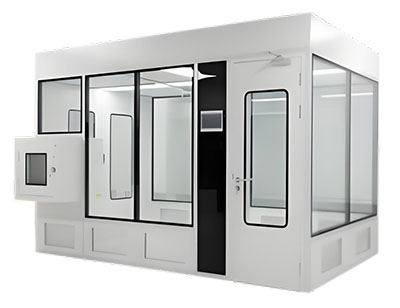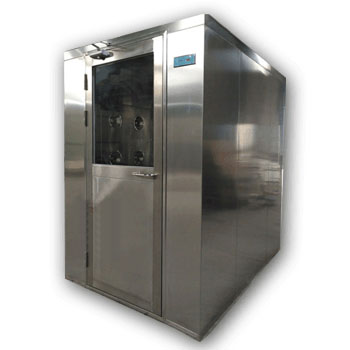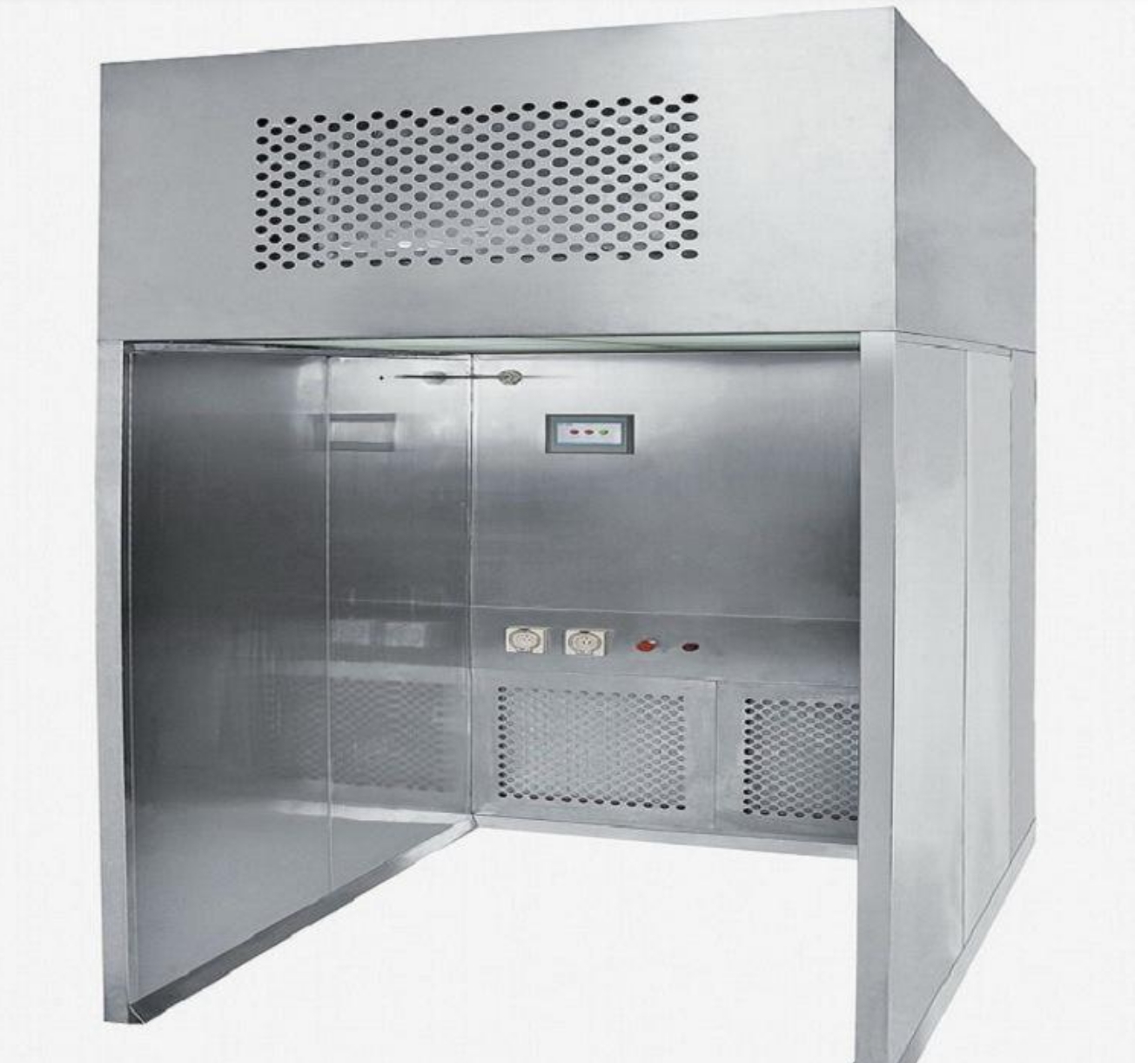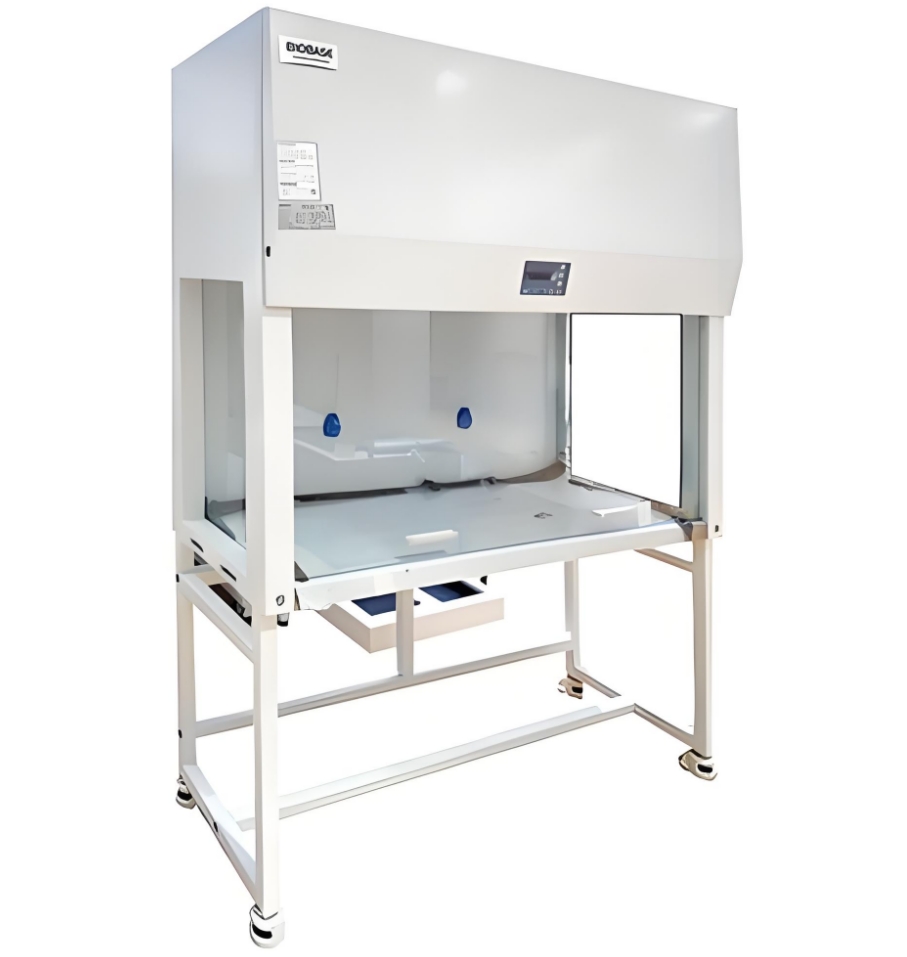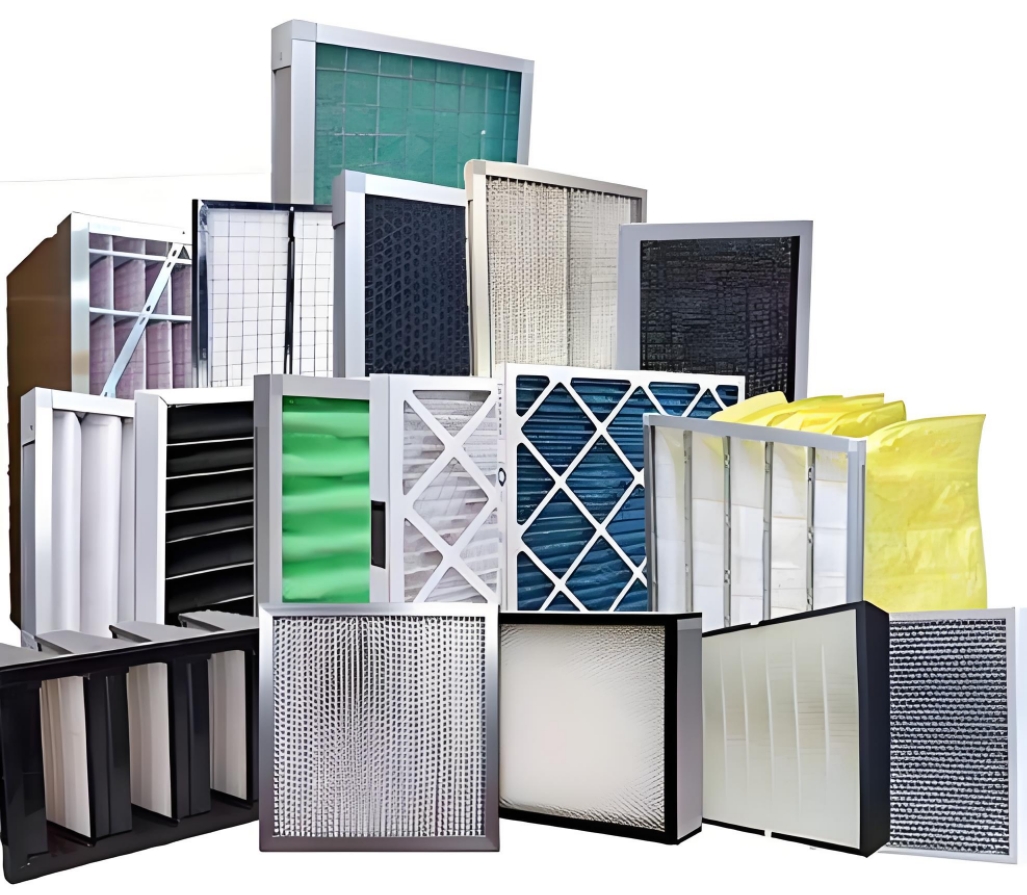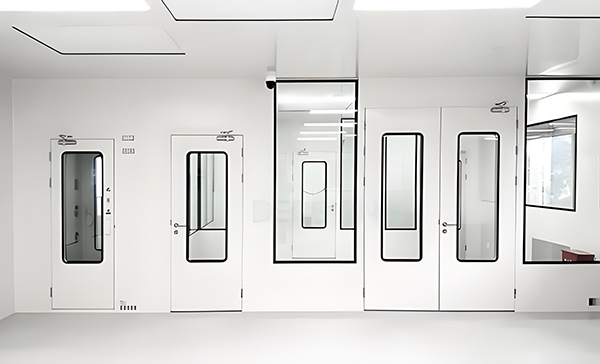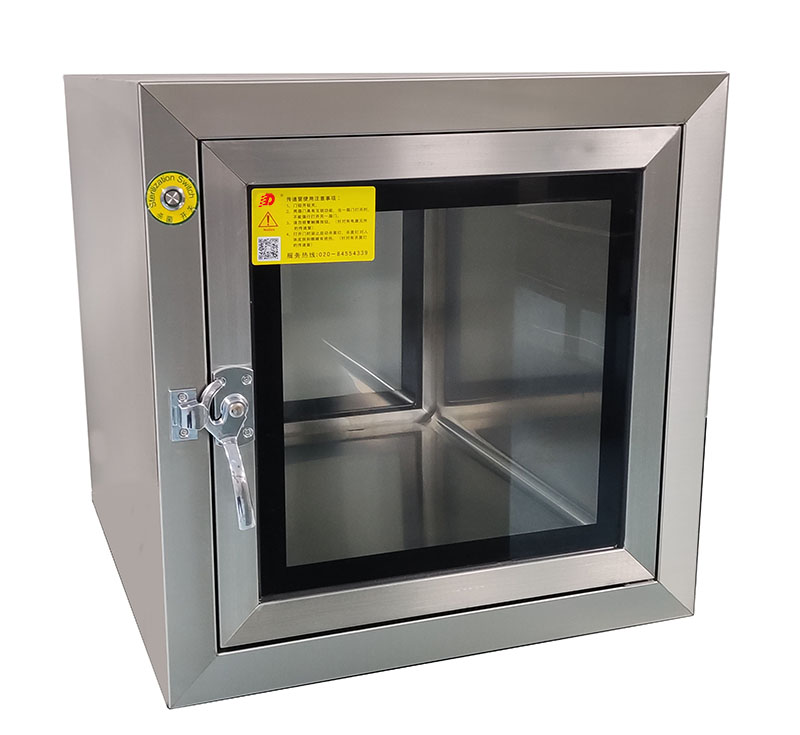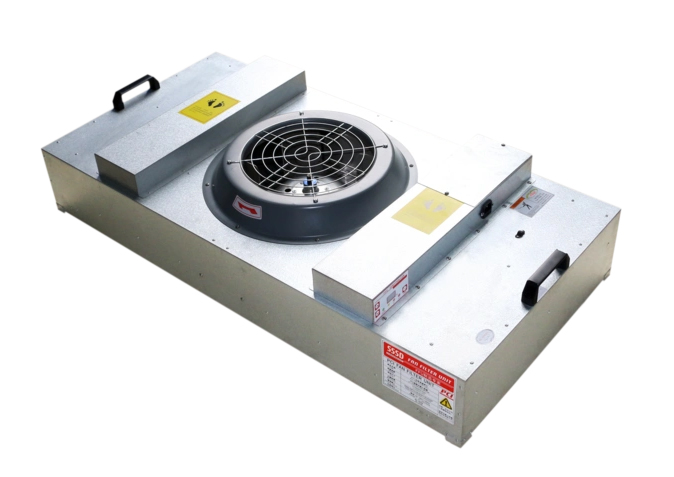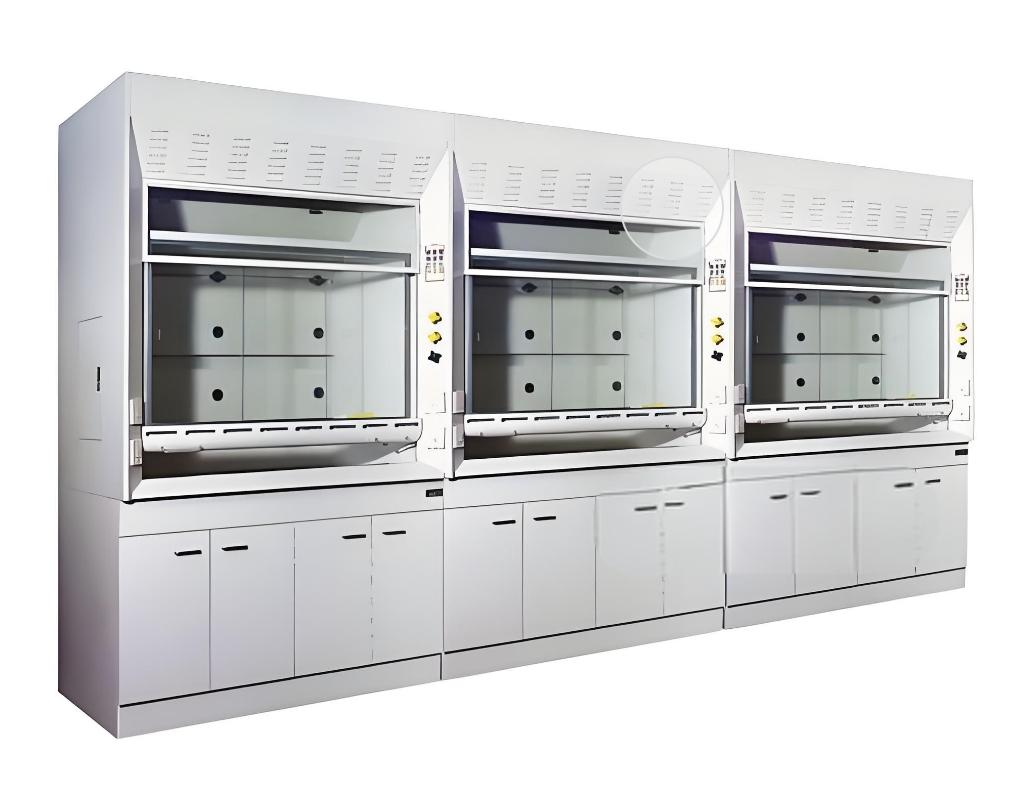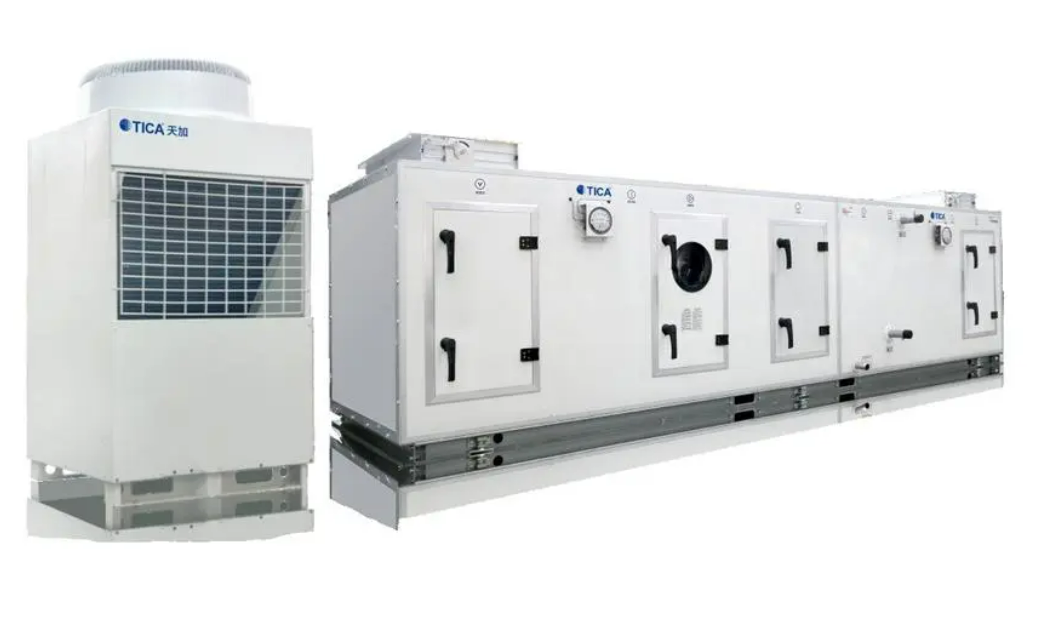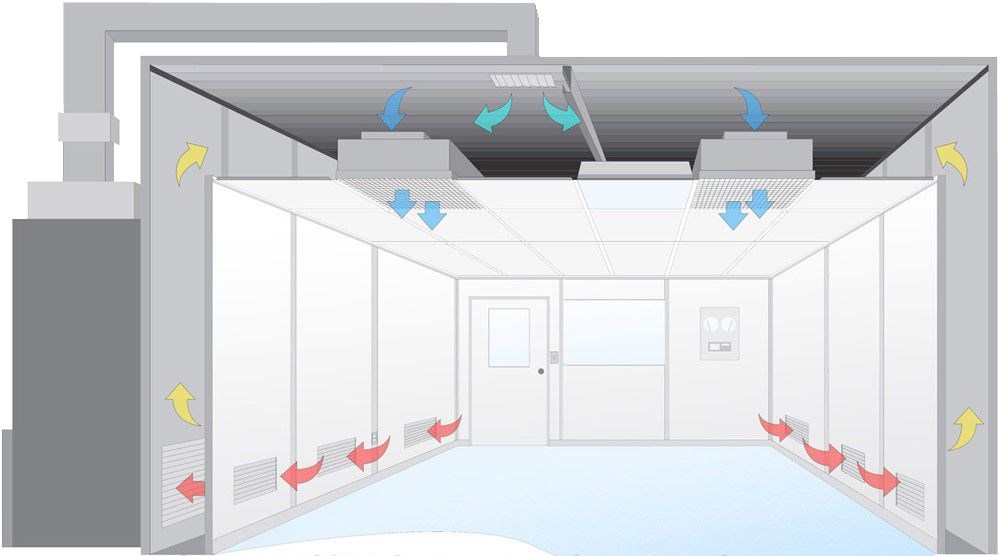Good Manufacturing Practices (GMP) are a set of principles aimed at ensuring that products are consistently high in quality across the production process. GMP covers all aspects from production and testing to worker training, facilities, and documentation. These practices are crucial in industries such as pharmaceuticals and food products where the quality and safety of the products directly affect consumer health.
Comprehensive Aspects of GMP Regulations
Quality Management
Systematic approach to ensuring product quality throughout the manufacturing process.
Sanitation & Hygiene
Maintaining clean facilities and proper personal hygiene to prevent contamination.
Facilities & Equipment
Proper design and maintenance of manufacturing spaces and tools.
Raw Materials
Control and testing of all incoming materials used in production.
Personnel
Training and qualification of all employees involved in manufacturing.
Documentation
Comprehensive record-keeping for traceability and accountability.
Personnel Requirements
Training
GMP mandates comprehensive training for all employees involved in manufacturing processes. This training ensures they understand GMP principles and their specific roles, enabling them to execute procedures accurately. Well-trained employees reduce the risk of errors that could lead to product recalls.
Hygiene
Strict personal hygiene is crucial for preventing contamination. Employees must maintain cleanliness, undergo regular health checks, and adhere to established hygiene protocols to ensure a contaminant-free environment, particularly in sensitive manufacturing like pharmaceuticals.
Competency
Employees should possess the necessary qualifications, skills, and experience to perform their duties effectively. Ensuring competence not only enhances their performance but also contributes to the overall reliability and safety of the manufacturing process.
Facilities and Equipment
Design
Facilities should be designed to minimize contamination risks, featuring appropriate layouts, materials, and environmental controls. This includes smooth surfaces for easy cleaning and proper airflow systems to prevent cross-contamination.
Maintenance
Equipment must be regularly maintained, including calibration, cleaning, and servicing to ensure stable performance and prevent breakdowns. A documented maintenance schedule helps maintain compliance and operational efficiency.
Environment
Controlled environmental conditions, including temperature and humidity, are essential for certain products. These must be consistently maintained to prevent degradation or contamination.
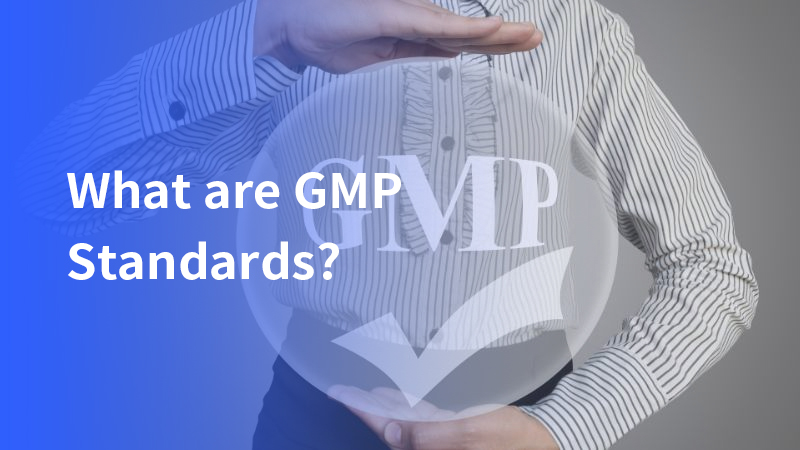
Documentation Requirements
| Document Type | Purpose | Importance |
|---|---|---|
| SOPs | Outline process steps and responsibilities | Ensures consistency and compliance |
| Batch Records | Document manufacturing details per batch | Provides traceability and accountability |
| Change Control | Record and approve process changes | Minimizes risks from modifications |
| Training Records | Document employee qualifications | Evidence for compliance audits |
Quality Control Processes
Validation
Processes must be validated to demonstrate they consistently produce products that meet predetermined specifications. Validation includes comprehensive testing and confirmation that systems are operating as intended.
monitoring
Regular monitoring of production processes ensures they remain within acceptable limits and deviations are identified. Consistent oversight aids in maintaining product integrity and compliance with GMP Standards.
Quality Assurance
GMP emphasizes integrating quality into the manufacturing process, rather than relying solely on final product testing. This proactive approach helps catch issues early and ensures products meet quality standards consistently.
Common Questions
What is the main purpose of GMP?
To ensure products are consistently manufactured and controlled according to quality standards, protecting consumer health.
Why is employee training critical in GMP?
It ensures employees understand and can execute their roles in compliance with GMP, reducing errors.
How does GMP address equipment maintenance?
Equipment must be regularly calibrated, cleaned, and maintained to prevent malfunctions and ensure consistency.
What role do SOPs play in GMP compliance?
SOPs provide clear guidance on manufacturing processes, ensuring consistency and adherence to specifications.
Conclusion
Complying with GMP Standards involves meticulous attention to various aspects of manufacturing, from staff training and facility management to rigorous quality control and process validation. By implementing robust systems, businesses can ensure high standards of safety and quality.
 +86 18186671616
+86 18186671616 Jason@cleanroomequips.com
Jason@cleanroomequips.com
 MENU
MENU

